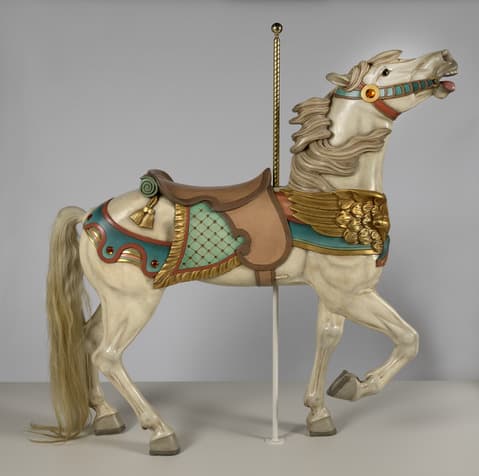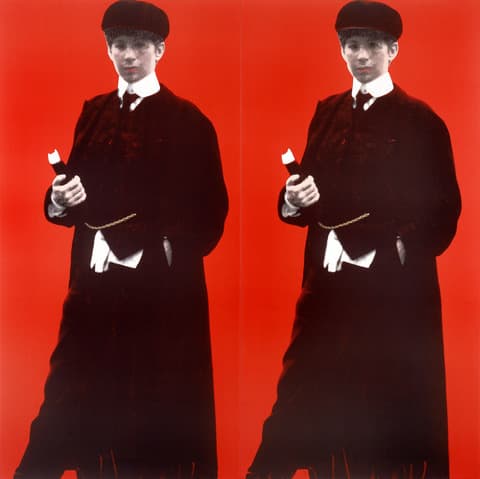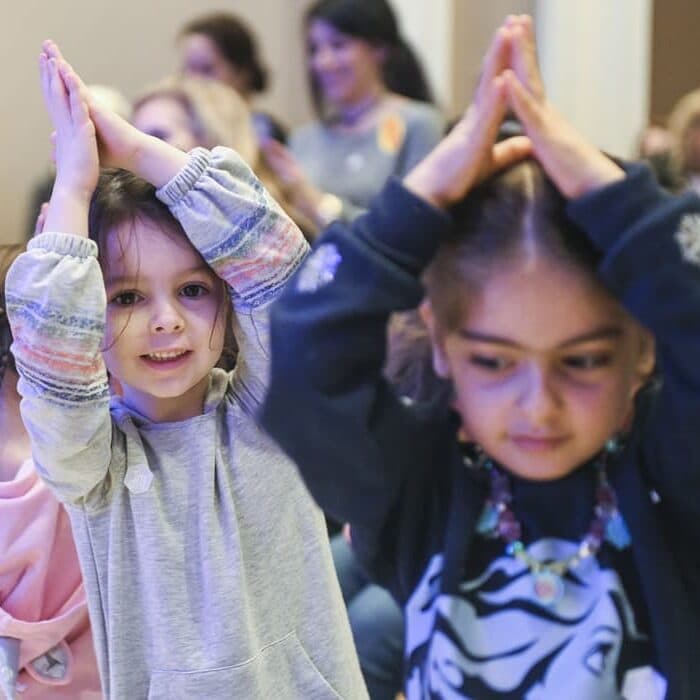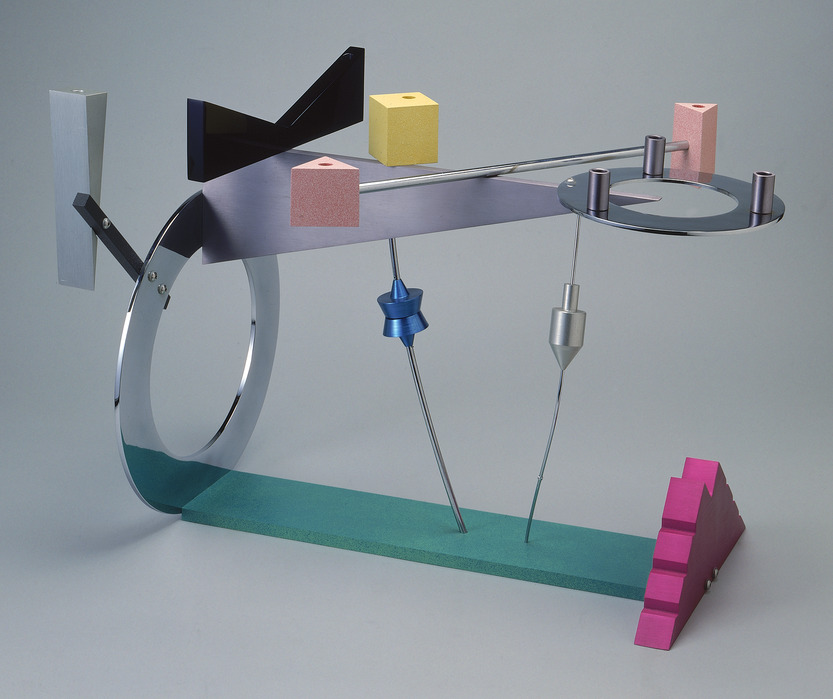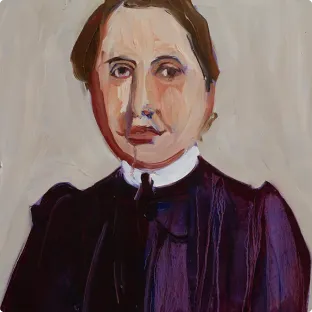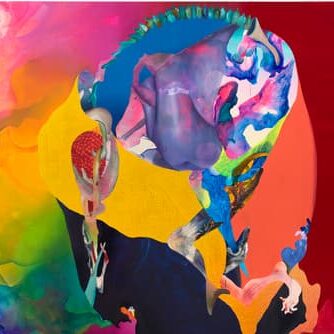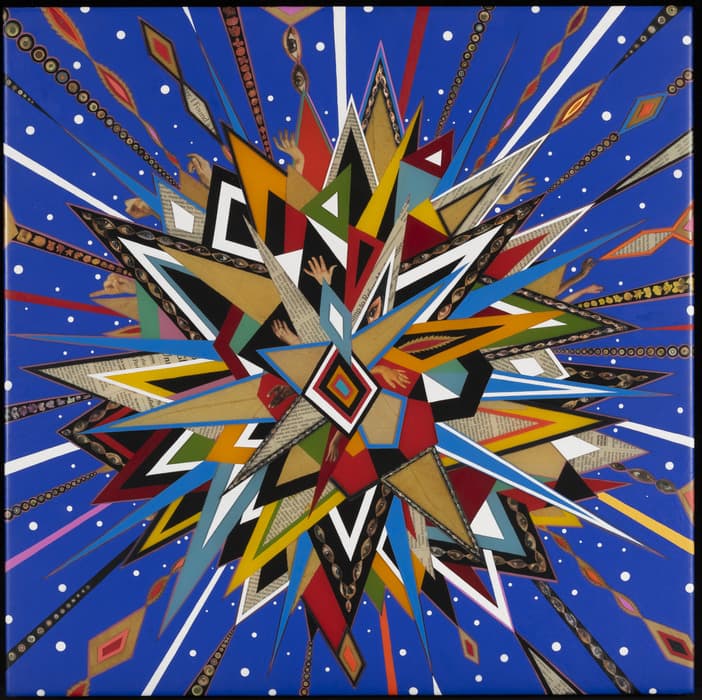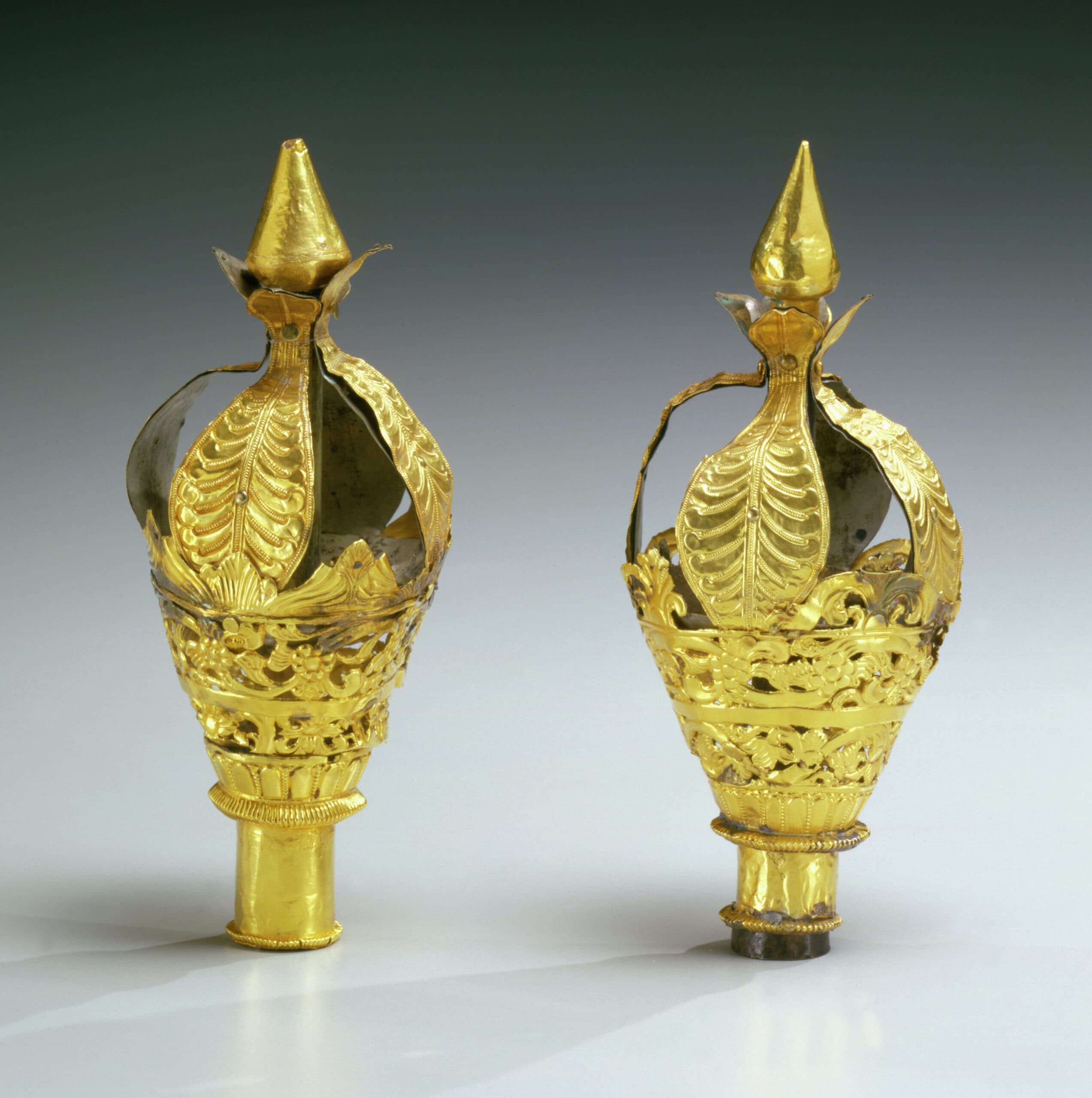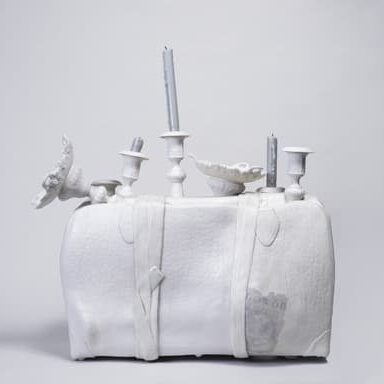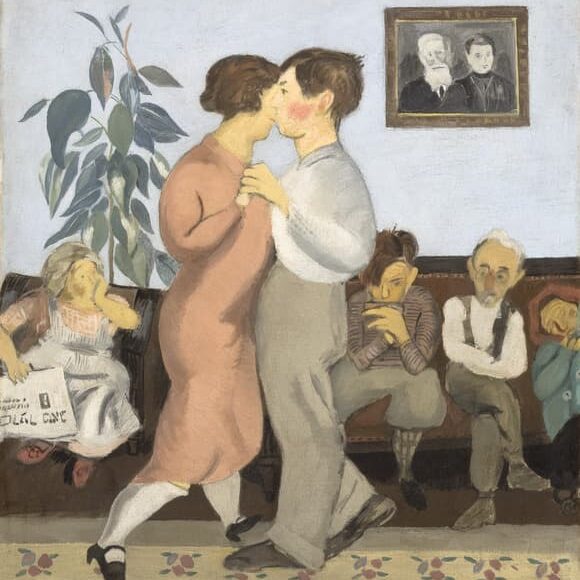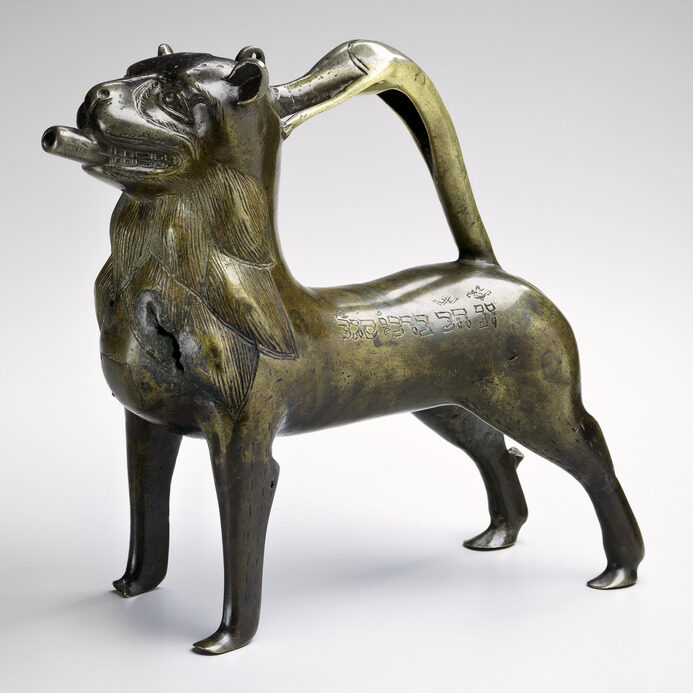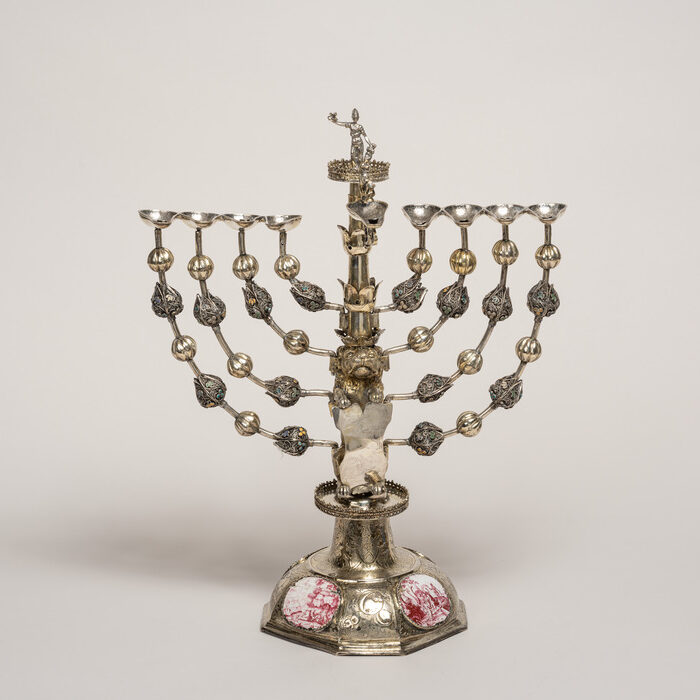Photographs of Justice Ruth Bader Ginsburg's Famous Collars and Necklaces Taken by Elinor Carucci on View at the Jewish Museum
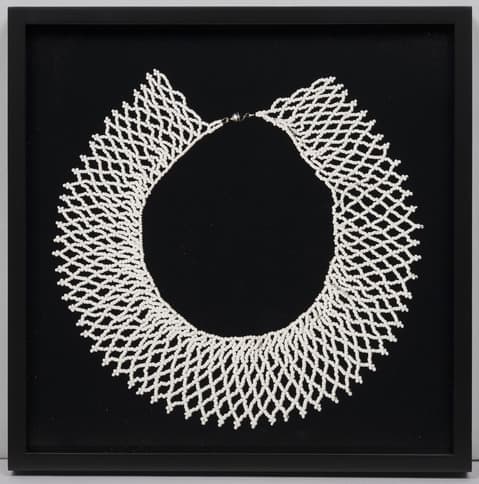
RBG Collars: Photographs by Elinor Carucci
December 15, 2023—May 27, 2024
New York, NY, November 27, 2023—The Jewish Museum presents RBG Collars: Photographs by Elinor Carucci, an installation of two dozen photographs of former US Supreme Court Justice Ruth Bader Ginsburg’s collars and necklaces taken by the contemporary photographer Elinor Carucci (Israeli, b. 1971) shortly after Ginsburg’s death in 2020. The suite of photographs is being shown at the Jewish Museum for the first time since they were acquired for the Museum’s collection in 2021. The installation will also include jewelry from the collection, reflecting freely on the expressive possibilities as well as the cultural and religious aspects of adornment. RBG Collars: Photographs by Elinor Carucci will be on view from December 15, 2023, through May 27, 2024, in Scenes from the Collection on Floor Three of the Museum.
Ruth Bader Ginsburg (1933-2020), who was the second-ever woman to sit on the US Supreme Court, wore collars not just to emphasize the long overdue feminine energy she brought to the court, but also to encode meaning into her dress—a sartorial strategy practiced by powerful women throughout history. Her early penchant for traditional lace jabots was later joined by necklaces made of beads, shells, and metalwork from around the world, many of them gifts from colleagues and admirers. Seen as a whole, the photographs of these collars offer a collective portrait of the late Justice through these objects imbued with her personal style, values, and relationships. While Ginsburg often chose them on a whim, she occasionally used them as a form of wordless communication; in every instance, they served as a reminder that her august responsibilities were carried out by a particular human being. Towards the end of her life, Ginsburg’s style helped to make her a feminist pop culture icon: collared and bespectacled, she adorned tote bags, t-shirts, and tattoos as “the Notorious RBG.”
Ginsburg’s Jewish upbringing was formative to the person she became. Questioned about her sensitivity to racial bias, she invoked her experiences growing up Jewish in Brooklyn the 1930s and 1940s, while the horrors of the Holocaust unfolding in Europe cast ominous shadows over antisemitic slights encountered at home. She often noted how the Jewish principle of tikkun olam (repairing the world) guided her work. Over nearly 30 years, she wrote many notable majority opinions that helped to advance legal protections for women and members of other historically marginalized groups.
Alongside Carucci’s photographs is a selection of jewelry from the Museum’s collection. Many of the necklaces, pendants, fibulae, and other items included in the installation bear amuletic inscriptions; some have compartments in which scrolls with magical inscriptions can be stored. For the most part, those who made and wore these items came from corners of Jewish history and geography quite distant from the twentieth century American context in which Ginsburg lived and worked. Yet she too understood how adornment—particularly jewelry, given its close association with the body and its ability to express individuality in settings where possibilities for self-expression are limited—can communicate beauty and power, joy and defiance, optimism and resolve.
The installation is organized by Shira Backer, Leon Levy Associate Curator, the Jewish Museum.
The book The Collars of RBG: A Portrait of Justice by Elinor Carucci and Sara Bader, published by Penguin Random House, will be available in the Jewish Museum Shop for $30. A concurrent exhibition of Carucci’s photographs of Ginsburg collars will be on view at Edwynn Houk Gallery from December 14, 2023 through February 10, 2024.
Press contacts
Daniela Stigh, [email protected]
